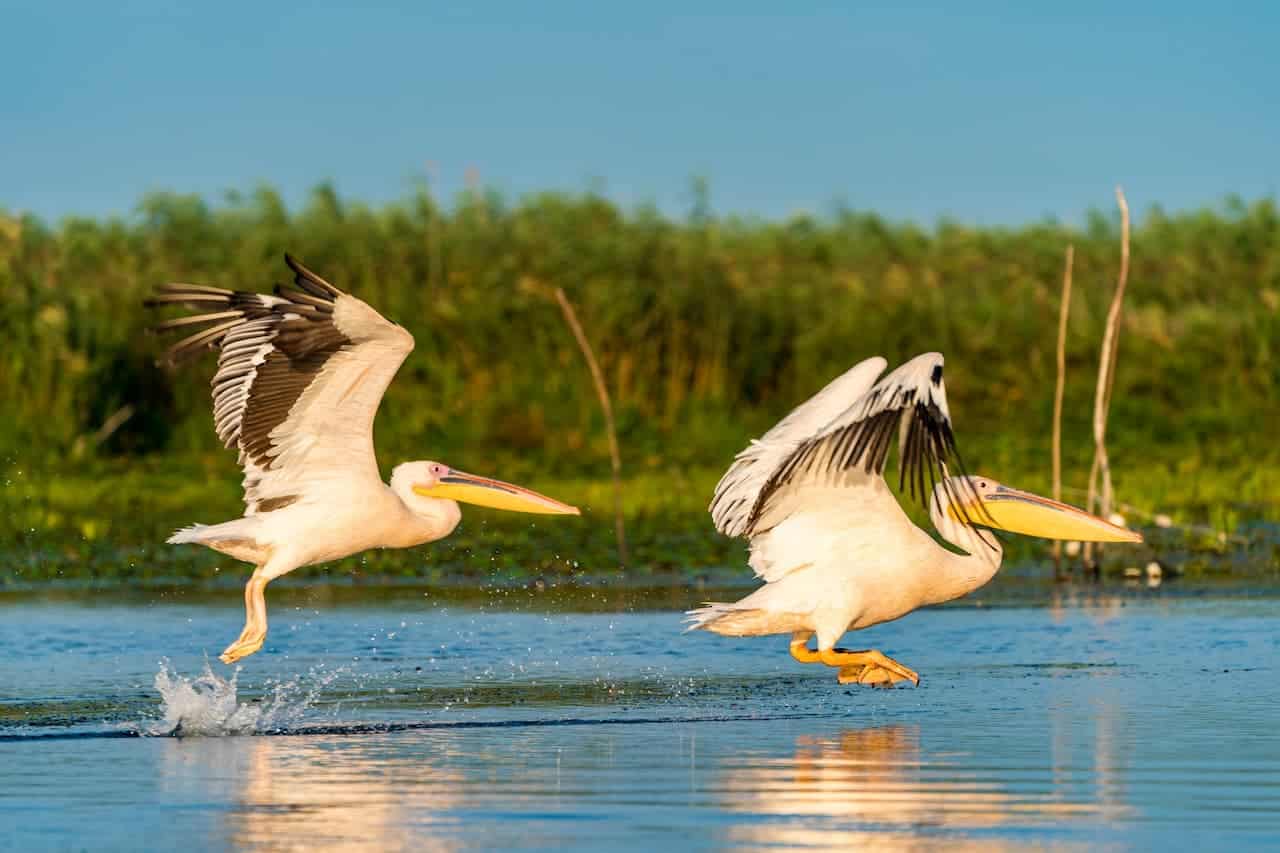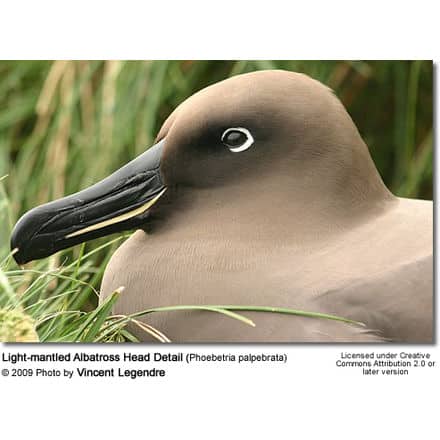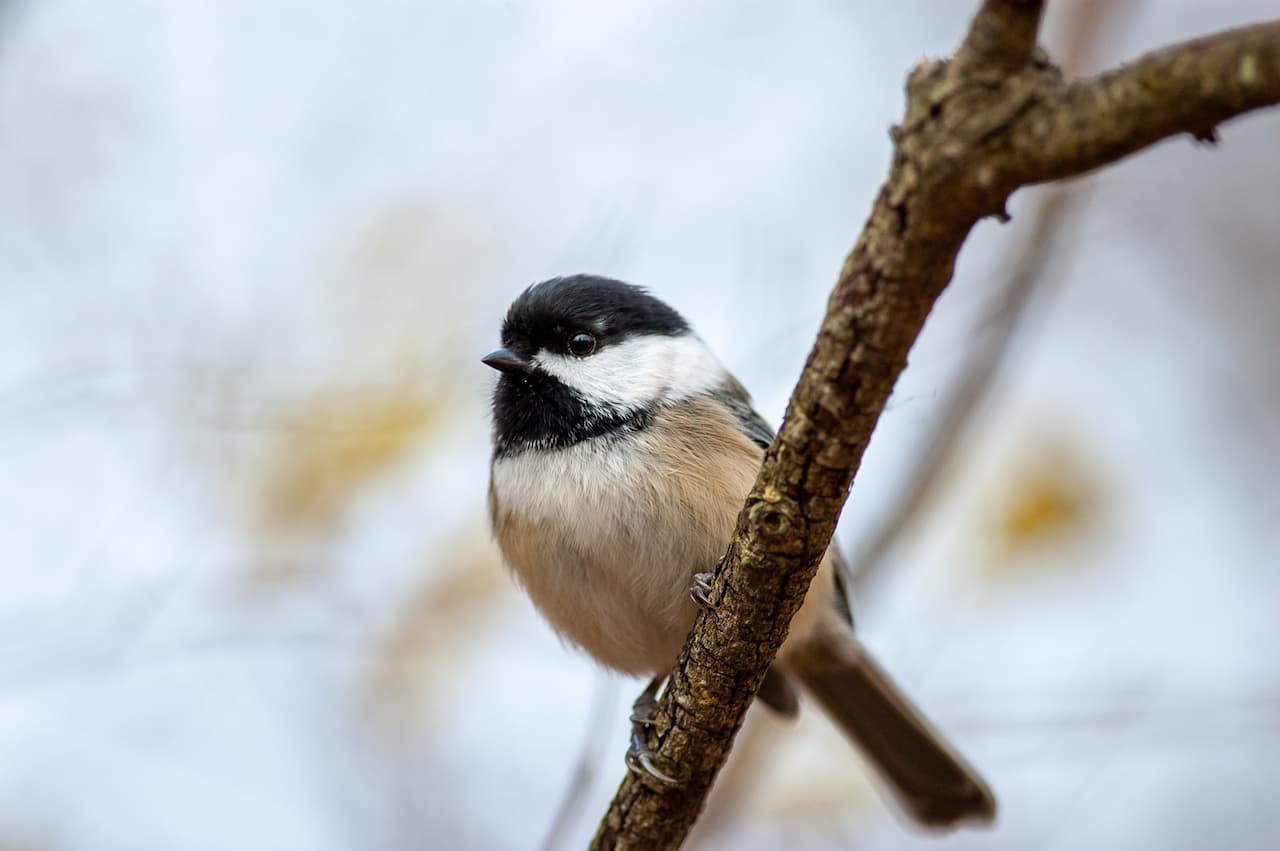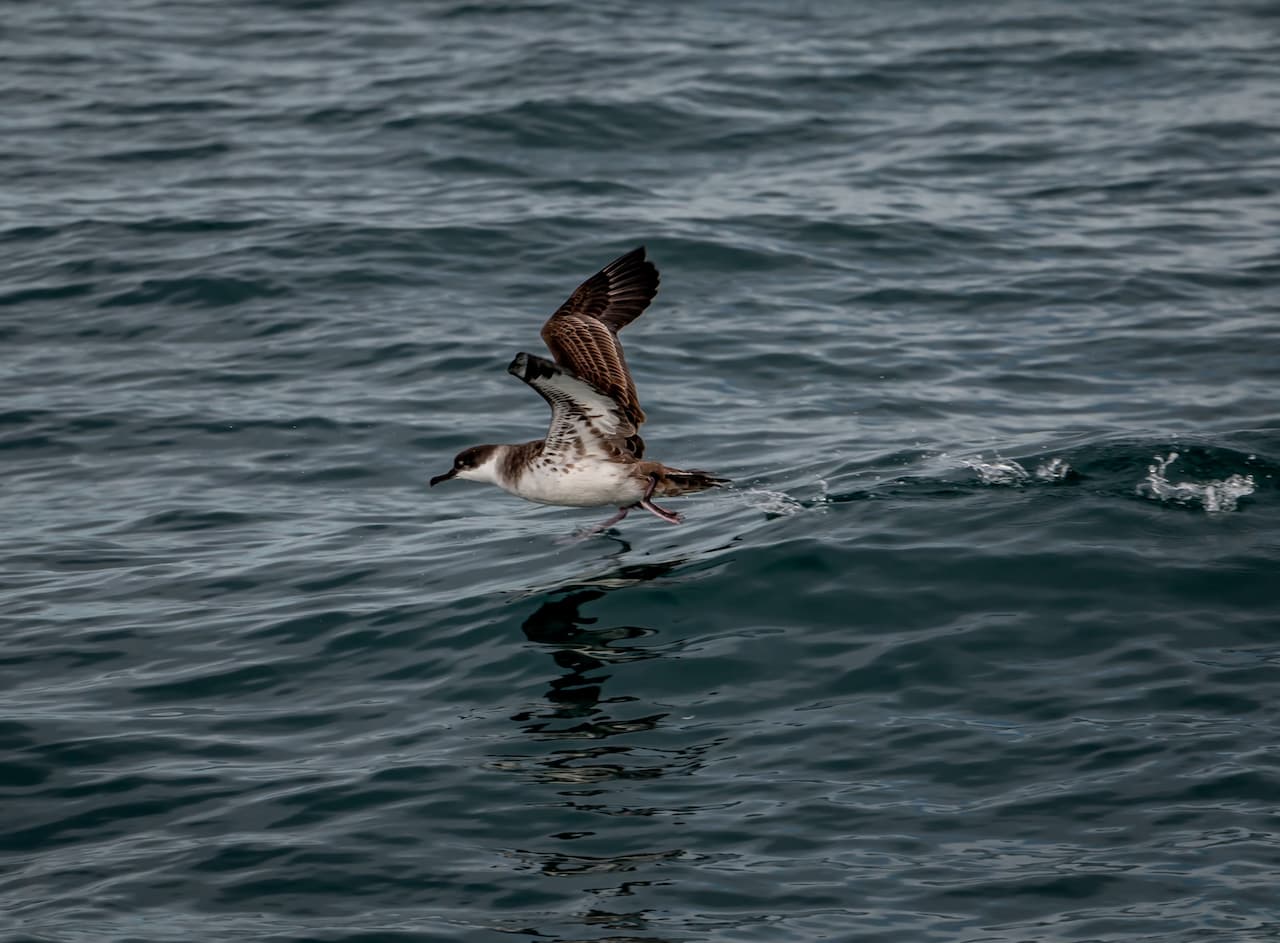Lesser Green Leafbird (Chloropsis cyanopogon)
The Lesser Green Leafbird (Chloropsis cyanopogon) – also known as Blue-Whiskered Chloropsis, Blue-whiskered Leafbird, or Blue-whiskered Green Bulbul – is a near-threatened, small leafbird that occurs naturally in Brunei, Indonesia, Malaysia, Myanmar, Singapore, and Thailand.
The main threat to the continued existence of this species is deforestation.
Leafbirds were named for the fact that their mostly green and yellow plumages blend well into their tropical habitat, where the green leaves and bright flowers of the canopy provide a perfect camouflage for these birds.
However, leafbirds that are stressed will shed most of their colorful feathers. This adaptation may have evolved as a way of confusing predators, such as snakes. Captured birds under stress will do the same.
Alternate (Global) Names
Czech: Sýkavka zelená … Danish: Blåskægget Bladfugl … Dutch: Blauwbaardbladvogel, Blauwbaard-bladvogel … Finnish: Pikkuviherlehvi … French: Verdin à moustaches bleues, Verdin barbe-bleue … German: Blaubart-Blattvogel … Indonesian: Cicadaun Kecil … Italian: Fogliarolo verde minore, Verdino golablu … Japanese: konohadori … Japanese: ????? … Malay: Burung Daun, Burung Daun Kecil … Norwegian: Blåvinget bladfugl, Grønnbladfugl … Polish: zielenik niebieskowasy, zielenik niebieskow?sy … Russian: ????? ??????? ???????? … Slovak: zelenácik modrofúzy … Spanish: Verdín Chico, Verdín Gorgiazul … Swedish: Grön bladfågel … Thai: ?????????????????? … Chinese: ????
Distribution / Range
These small leafbirds inhabit the Sunday lowland primary forests from south Tenasserim, Myanmar, peninsular Thailand, Singapore (where they are rare), Sabah, Sarawak and Peninsular Malaysia, Kalimantan (including Banggi Island) and Sumatra, Indonesia as well as Brunei, where they are fairly common.
They typically occur at elevations up to 3,300 feet or 700 meters. In Malaysia, they can move up to 3,600 feet or 1,100 meters.
They are usually found in the canopy and the high edge of lowland evergreen forests, including peat swamp forests, as well as mature and regenerating secondary forests. They typically remain close to fruiting trees and shrubs in clearings and high shade cover of plantations
The Lesser Green Leafbird is classified as Near Threatened on the IUCN Red List as its population has been declining due to extensive deforestation.
Subspecies and Ranges
- Chloropsis cyanopogon cyanopogon (Temminck, 1830) – Nominate Race
- Range: Southern Malay Peninsula, Sumatra, and Borneo, including Banggi Islands, off the northern coast
- Chloropsis cyanopogon septentrionalis (Robinson and Kloss, 1919)
- Range: Occurs in extreme southern Burma (Republic of the Union of Myanmar) in southern Tenasserim, southwestern Thailand and northern Malay Peninsula
Description
Lesser Green Leafbird measure about 6.2 – 7 inches (16 – 18 cm) in length and have a wingspan of 3.2 – 34 inches (81 – 85 mm). The tail is about 1.2 – 1.3 inches (30 – 33 mm) long. The bill is about 0.75 inches (1.9 cm) long.
They have forked, brush-tipped tongues and fairly hefty, straight to lightly down-curved bills with stiff, hair-like feathers at the base that protect their eyes from the legs and wings of their insect prey.
The males have a bright green upper plumage, sides of the neck, wing coverts, and tails. The plumage below is a light green. The forehead is yellow-tinged. The inner webs of the tail feathers are brown.
The wing quills are dark brown with green edging. The lores (area between upper beak and eyes), cheeks, chin, and throat are black. They have a line over the lores and eyes that is a brighter green than the rest of the plumage.
They have a short, blue moustachial streak blue, and a greenish-yellow line around the black throat. His eyes are dark brown and his legs and feet are dark dull grey.
Females have a green chin and throat. The moustachial streak is pale dull blue and the feathers around the eyes are yellowish.
Immature birds look like duller versions of the females.
Similar Species:
Leafbirds resemble bulbuls but can be identified by their brighter plumages.
Nesting / Breeding
Most breeding activities of the Lesser Green Leafbirds occur between February and August.
Leafbirds build open cup-shaped nests out of fine stems, leaf parts, and rootlets. These nests are typically placed on the ends of branches near the tree crown; although some may hang from thin horizontal shoots of trees, or they are attached to a pair of vertical twigs.
The average clutch consists of 2 – 3 pinkish eggs. The incubation lasts about 14 days and is performed by the female alone, while the male feeds the brooding female. Even though unconfirmed, it appears likely, that the male also helps raise the young.
Diet / Feeding
Leafbirds typically forage alone or in pairs in the subcanopy; but some species may occasionally join mixed feeding flocks, while other species defend their feeding territories.
They feed on mostly insects, as well as taking fruits, berries, and nectar.
Insects: Their long sharp beaks are curved down slightly and a brush tipped tongue, helps them to pick insects from the bark and leaves of trees. They will also pursue flushed prey into the air or down to the forest floor.
Nectar: Their spiked tongues are well adapted for taking nectar from tubular flowers. Like hummingbirds, they will hover in front of a flower while retrieving the nectar. In the process of feeding, the flowers benefit from cross-pollination as the leafbird’s head becomes covered with pollen and spreads from flower to flower. As they move to the next flower, the pollen is deposited on the next flower, which is then able to produce seeds and fruit. Many native plants rely on them for pollination and would not be able to exist without the “services” inadvertently rendered by the leafbirds.
Fruits: Usually, leafbirds swallow pieces of fruit whole. If this isn’t possible, they will pierce the fruits with their beaks and let the juices leak into their mouths.
Calls / Vocalizations
Their attractive songs include various melodious whistles and chatters.
Leafbird Information … Leafbird Species Index … Leafbird Species Photo Gallery





